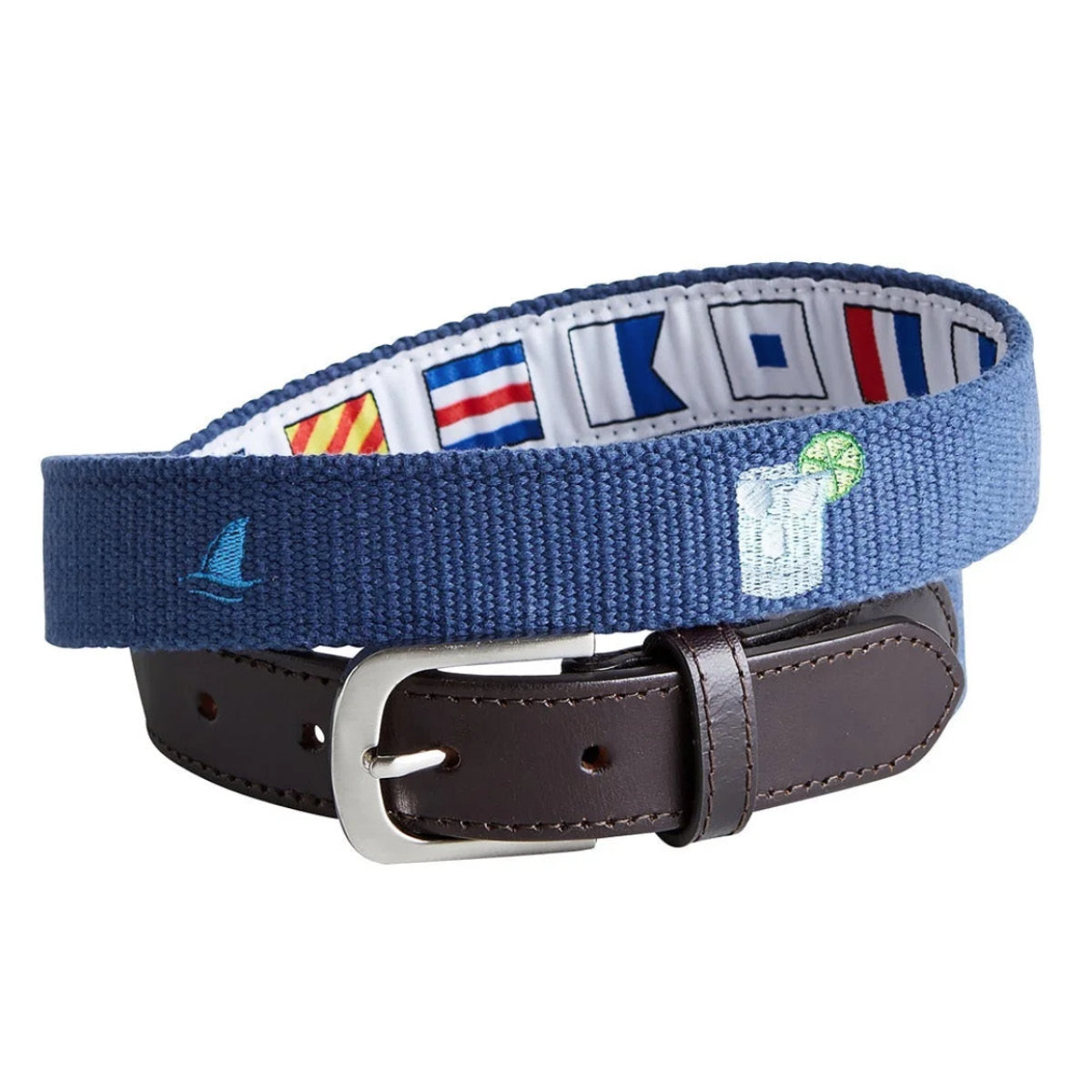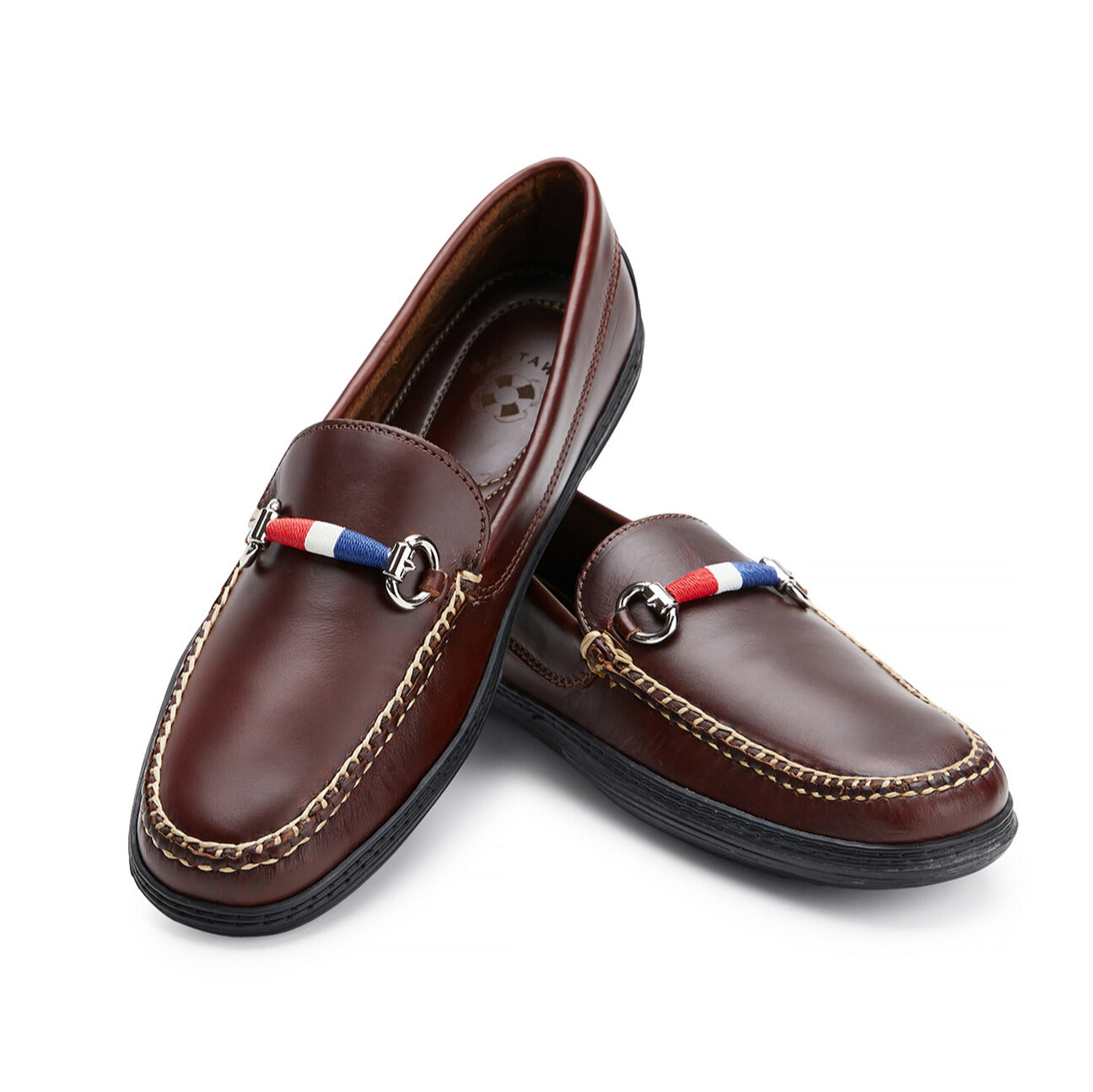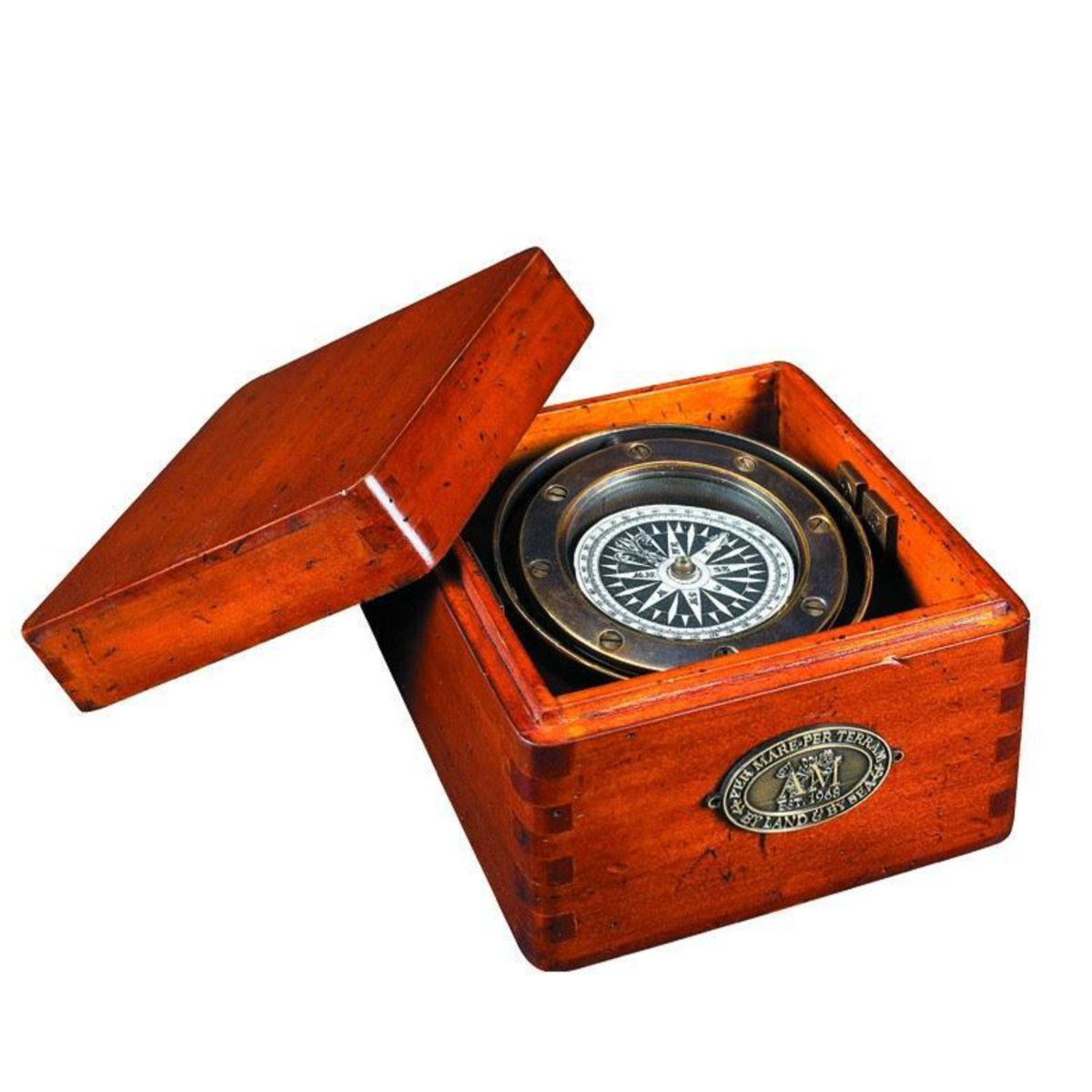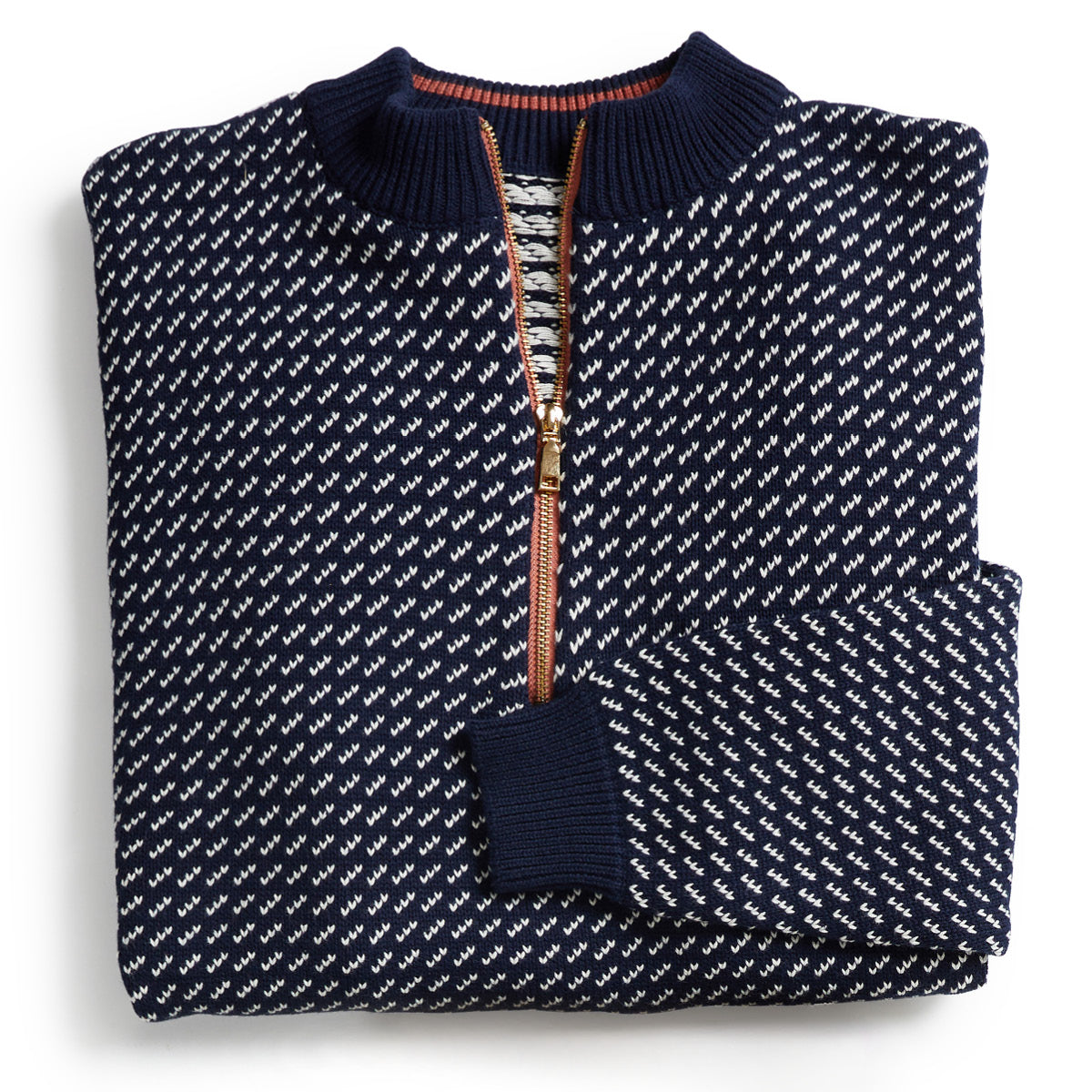Winter Wardrobe 101: A Guide to Layering Clothes
Layering clothes properly is an art form. If you can layer clothing well, you will not only look put together, but you’ll also be practically dressed for a wide range of temperatures.
In terms of layering for style, going from the car, to your office, to a dinner date, for example, might have required an outfit change or two before. Once you understand how to layer clothes, however, you can seamlessly go from one place to the next with ease.
The same goes for winter layering and layering on fickle spring days. As hearty New Englanders, we understand this all too well. This skill can help you stay warm outdoors and not feel like a melting snowman once you get inside or if the temperature rises.
This handy guide will go over the basics of how to dress in layers for the spring and still look stylish at the same time.
Understand the Basics of Base Layer Clothing
The idea behind layering is that you can withstand a wide array of temperatures without being too cold or too hot. You layer all of your clothing items so that you are not only protected from the elements but you can also remove layers when you get into warmer temperatures.
This is especially important in the spring when you can have both summer and winter all in the same day. You know, that May day where it is 40 degrees on your morning commute, and 65 degrees by lunchtime!
According to Consumer Reports, multiple base layers will protect you better than just one thick coat. Base layer clothing is your first line of defense against cold temps. This layer typically isn’t very visible after you’ve added all of your other layers. Fitting just tight enough to not be bulky under your next layer, but nott too tight to prevent heating.
At a minimum, this layer will typically contain your underwear, boxers, a bra, or an undershirt. In the case of an undershirt, you will sometimes have the collar poking through the rest of your layers so you’ll want to make sure it also goes with your outfit as a whole.
Stick to Layers That You Can Remove Easily
One of the most important rules when it comes to layering in the spring is to use layers that can easily be taken off.
While your outermost layer will usually be a jacket, you want the other inner layers to also be ones you can unbutton or slip over your head when you want to remove them. While a good majority of layers can be removed without public embarrassment, stick to layers that you don’t have to seek cover in order to take them off.
If you need to hide in order to remove these layers, skip them and go with something easier. These middle layers can include t-shirts, long sleeve shirts, blouses, cardigans, polos, pullovers, sweaters, button-downs, or flannels.
Be Sure That Your Outfit Works With or Without All the Layers
When thinking of the different layers you’d like to use, don’t forget that your outfit will still need to work if one or two layers are removed.
Let’s say you have an outdoor real estate meeting at a job site. Your layers include an undershirt, a long sleeve cotton shirt, a flannel dress shirt, a suit jacket, and a wool coat. Once you are done outdoors, you head indoors for the rest of your meeting. In the meeting, you remove your wool coat.
After your meeting, you will likely take off your suit jacket as well. After work, you meet friends for a drink. At this point, you can take off your flannel dress shirt as well. This means you’re ending your night in your long sleeve cotton shirt.
If you had mismatched layers or layers with worn holes in them, your outfit wouldn’t work independently.
A little pre-planning means your outfits will work with or without the rest of your layers.
Mistakes to Avoid When Layering Clothes
When it comes to layering clothes, there are a few things you’ll want to avoid. First, don’t mix too many bulky layers. One oversized or large item will do.
Tighter layers will keep you warmer and too many large layers might have you looking haphazard.
Don’t layer neutrals that are too close in color. If you layer black with a dark navy, this might look like too much of the same. Choose neutrals that are opposite of each other like navy and tan, for example.
How to Layer Clothing for Cold Weather
Knowing how to layer for the cold is an essential skill. Down, polyester, and fleece, and insulated fabrics are all great for staying warm in the winter and spring.
In many places during the spring, you can have freezing temps in the morning and fifty degrees in the afternoon.
Sweaters and sweatshirts are nice middle layers as well since you can wear them without a jacket in the spring.
Make sure to include layers that are snug against your body as well. These layers will help keep your natural body heat in.
Humans also tend to lose heat from their extremities. Make sure you cover your head with a hat and water-resistant boots for spring showers or cold days.
Your body loses the most heat in extremities that show the most surface area. An article from the New York Times, you might lose just as much heat from an arm or a leg that is exposed as you would from your head.
Make sure if you are going to the gym or going to a group fitness class that you cover your arms and legs while you are outside.
Don’t forget your hands, ears, and neck as well. These layers are also great in that you can easily take them off if temperatures rise on a nice spring day or when you go indoors.
Layer Like a Pro
Layering clothes doesn’t have to be a complicated process if you know a few of the basics.
From starting with a base layer to keeping your whole ensemble in mind, layering is a nice way to blend both form and function.
Remember to make sure your layers can be removed for easily varying spring temperatures and be mindful that your layers will work on their own.
You don’t want to be caught showing too much when you take a couple of layers off and you also don’t want to be left showing an old basketball shirt off at a meeting.
For some great spring options to help you layer like a pro, shop the outerwear section, for some layers that will both keep you warm and your style game on point.



















Leave a comment